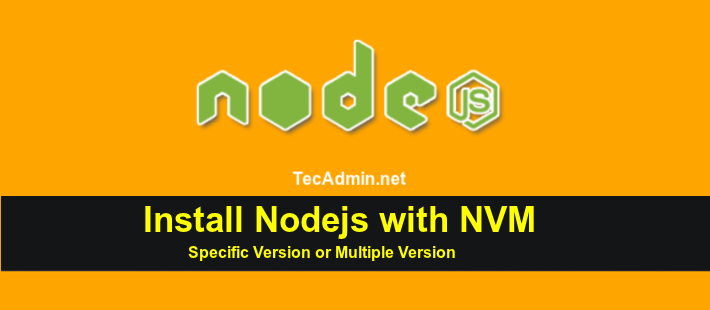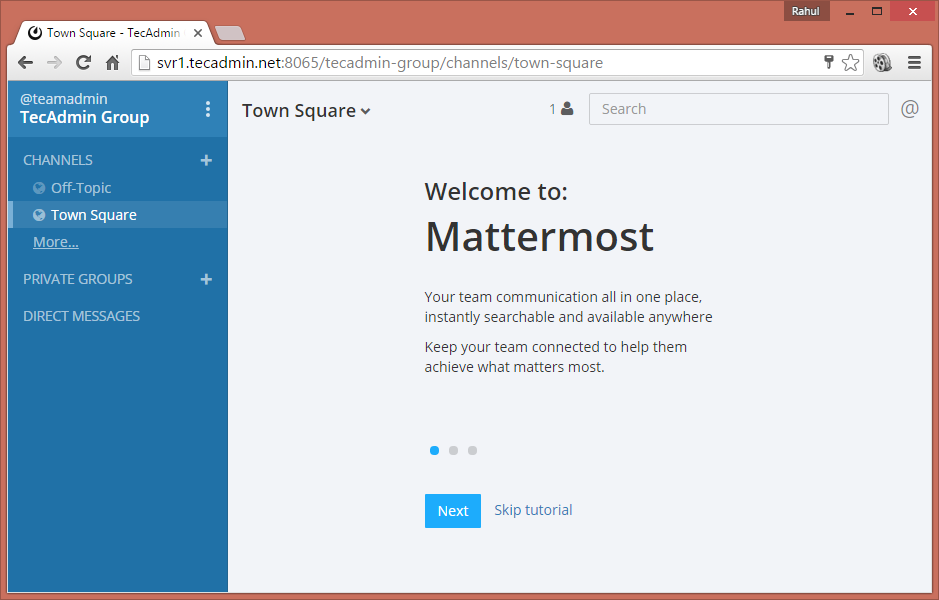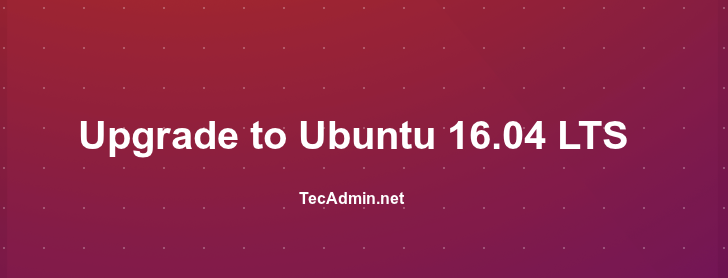Node.js is a popular, open-source server-side platform that runs on various platforms (Windows, Linux, Unix, Mac OS X, etc.). It uses JavaScript on the server and is widely used for building efficient, scalable network applications. Node Version Manager (NVM), on the other hand, is a tool that allows developers to install and manage multiple Node.js versions. It’s incredibly useful for testing applications across different Node versions, ensuring compatibility and stability. This tutorial will help you to install and manage Node.js using NVM on Linxu systems. Pre-Installation Requirements Before diving into the installation process, ensure that your system meets the following…
Author: Rahul
Zabbix Agent is a tool that helps monitor remote systems using a Zabbix server. It collects data about how resources and applications are used on the client system and sends this information to the Zabbix server when asked. This guide will show you how to install the Zabbix Agent on a Windows system. If you need to install it on other systems like CentOS, RHEL, Ubuntu, or Debian, check out the provided links. How to Install Zabbix Agent on CentOS/RHEL How to Install Zabbix Agent on Ubuntu and Debian Systems. Step 1: Download Zabbix Agent First, you need to download…
Install Mattermost with MySQL on Ubuntu 14.04 & Debian 8. Mattermost is a best alternative of Slack messaging application. It provides you option for all communications at one place with easy to use interface. You can easily share messages, files over desktops and mobile devices. Step 1 – Setup MySQL Database Server First you need to install MySQL database server on your system. Use following command to install default available version of mysql or read this tutorial. $ sudo apt-get install mysql-server Now create a database for mattermost installation and a mysql user for authentication. $ mysql -u root -p…
Zabbix Agent is required to install on all remote systems needs to be monitor through Zabbix server. The Zabbix Agent collects resource utilization data and applications data on the client system and provides such information to the Zabbix server on their requests. There are two types of checks between Zabbix Server and Client. Passive Check – Zabbix Agent sent data to server on their request. Active Check – Zabbix Agent sends data periodically to server. After installing zabbix server on your server, Now we are moving to install agent on remote system’s. This article will help you to install zabbix…
Zabbix Agent is required to install on all remote systems needs to monitor through Zabbix server. The Zabbix Agent collects resource utilization and applications data on the client system and provides such information to the Zabbix server on their requests. There are two types of checks can be configured between Zabbix Server and Client. Passive check – Zabbix Agent only sent data to server on their request. Active check – Zabbix Agent sends data periodically to Server. After installing zabbix server on your server, this article will help you to install zabbix agent on Ubuntu 18.04 LTS, 16.04 LTS systems.…
Zabbix is an open source software for networks and application monitoring. Zabbix provides agents to monitor remote hosts as well as Zabbix includes support for monitoring via SNMP, TCP and ICMP checks. Click here to know more about zabbix. This article will help you to step by step install Zabbix on Ubuntu 18.04 & 16.04 LTS systems. If you are using CentOS, RHEL or Fedora then Click here to install Zabbix on CentOS, RHEL or Fedora Step 1 – Install Apache, MySQL and PHP You must have a LAMP environment on your server to use Zabbix. If you already have…
Zabbix is an open source software for networks and application monitoring. Zabbix provides agents to monitor remote hosts as well as Zabbix includes support for monitoring via SNMP, TCP and ICMP checks. Click here to know more about zabbix. This article will help you to step by step install Zabbix 3.0 Server on CentOS/RHEL 7/6 systems. Before starting installation read below basic requirements to run Zabbix 3.4. Apache: 1.3.12 or later. PHP: 5.4.0 or later. MySQL: 5.0.3 or later. OpenIPMI: Required for IPMI support. libssh2: Required for SSH support. Version 1.0 or higher. fping: Required for ICMP ping items. libcurl:…
Upgrade Ubuntu 15.10 to Ubuntu 16.04 LTS. Ubuntu is widely used Linux operating system used for Desktop as well as Server edition. Ubuntu providing two types of releases Standard release and Long Term Support (LTS) release. Ubuntu provides support for standard releases for approx 1 year while Long Term Support is useful for approx 5 years. Ubuntu Desktop uses can upgrade to any release but for Server editions we recommend to use LTS release and always upgrade to LTS release only. A new Ubuntu 16.04 LTS release is available to upgrade. Every Ubuntu (Desktop + Server) users can upgrade your…
Upgrade Ubuntu 14.04 LTS to Ubuntu 16.04 LTS. Ubuntu is widely used Linux operating system used for Desktop as well as Server edition. Ubuntu providing two types of releases Standard release and Long Term Support (LTS) release. Ubuntu provides support for standard releases for approx 1 year while Long Term Support is useful for approx 5 years. Ubuntu Desktop uses can upgrade to any release but for Server editions we recommend to use LTS release and always upgrade to LTS release only. A new Ubuntu 16.04 LTS release is available to upgrade. Every Ubuntu (Desktop + Server) users can upgrade…
For security purposes, most of the large sites especially bank websites, and government sites force their users to change their passwords regularly. Being a system administrator I also recommend enabling password expiration for your websites, servers, or applications. This tutorial will help you to enable password expiration on your WordPress website. 1. Install Required Plugin Login to your WordPress admin control panel and install WP Password Policy Manager plugin to your WordPress site. 2. Configure Password Policy After successful installation of plugin navigate to Settings >> Password Policies . You will get a screen like the below screenshot. Configure policies…



